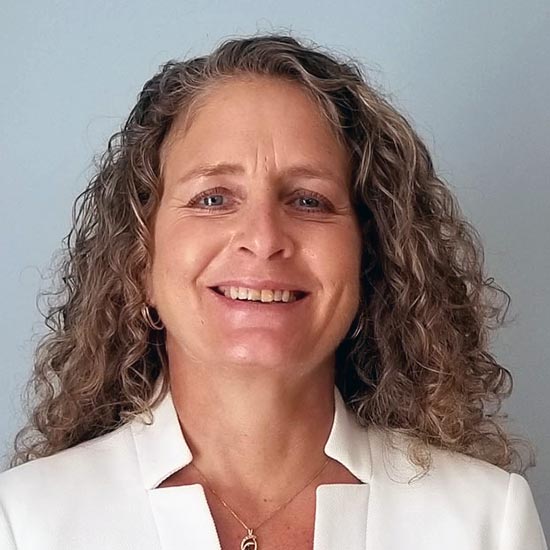Student Success, Continuing Education, and the Changing Landscape of Higher Education
Tambellini Author

As institutions focus on lifelong learning and as employers focus on retooling their workforce, there is a need to reimagine the methods they use to connect students throughout their life—from first contact with an institution until retirement and beyond—to meet their ongoing educational requirements. The changes are driven by students, institutional goals, and businesses that are focused on retaining employees as their organizations and industries continue to evolve. Google, Walmart, and Amazon provide recent examples of the different approaches to addressing these needs.
- Grow with Google, offered through 100 community colleges in 15 states, enables learners who complete Google’s IT Support Professional Certificate to receive up to 12 credits toward a Bachelor of Science in Information Technology at Northeastern University.
- Walmart’s debt-free college degree, through Live Better U, offers online programs through six non-profit universities in California, Delaware, Florida, Indiana, Nebraska, and New Hampshire.
- Amazon announced in July 2019 they would be spending more than $700M to train 100,000 employees for higher-skilled jobs over the next six years. Employees will attend Amazon’s Machine Learning University and learn through Amazon Technical Academy.
These examples help illustrate that there is no singular definition of continuing education in higher education; the meanings differ across institutions. The focus may be on coursework to maintain professional or trade licensure; certificates or badges to expand a skillset; and/or workforce development to grow, develop, and retool an employer’s workforce. The offerings vary, as do the modes of delivery.
The challenge for higher education organizations is in combining information and experiences from traditionally siloed areas to create a seamless, personalized experience for students across the entirety of their relationship with an institution. Accomplishing this requires bringing together Academic Affairs, Student Affairs, Continuing Education, and other areas to create an environment supportive of lifelong learners.
The approach, priorities, and goals are different for each institution. Some institutions may first encounter a student through summer programs aimed at grade-school-aged children. Others may begin engaging at the traditional point when high school students consider higher education. Still other institutions may be focused on non-traditional paths of entry for students to start and continue their educational journey throughout their lifetime. Regardless of focus, these institutions all face common challenges to student success in this evolving model of a student for life, including
- retaining students with an ongoing need to reengage students across their lifespan;
- adjusting, redeveloping, and creating new offerings and personalized pathways for individual students and organizations; and
- retooling operations to connect with employers, organizations, and individuals, keeping up with the changing economics of industries and engagement of consumers.
Educational technology providers have taken note of this growing need and have made positive advances in their systems, offering new functionality and products to support continuing education and its integration across the institution.
- CampusManagement’s CampusNexus Occupational Insight product bridges the gap between the career skills employers require and an institution’s academic programs.
- Oracle’s Student Cloud was released in 2017 to support continuing education, without a full student system until Q4 2018.
- Workday’s Credentials for enterprises and WayTo for individuals, with verification and analysis, connects individuals, credentials, skills, and employers.
As institutions, systems, and organizations of all shapes and sizes consider the intersection of continuing education, lifelong learning, and student success, it will be critical for them to have a strategy that can be continually measured and evaluated in this changing landscape. To enable student success, organizations must work strategically to align offerings—credit and non-credit—along with diverse approaches to learning and to integrate all the available options and opportunities an institution can provide an individual and organizations. There is a need for deep collaboration across the institution to identify new entry points, pathways, and opportunities to engage students in continuous lifelong learning. Student success is at the heart of all educational organizations, and with the rapidly, ever-changing world economy, institutions need to remain agile and continually evolve to meet the growing education needs of individuals, organizations, and the communities they serve.
Categories
Share Article:

Other Posts From this Author:
© Copyright 2025, The Tambellini Group. All Rights Reserved.